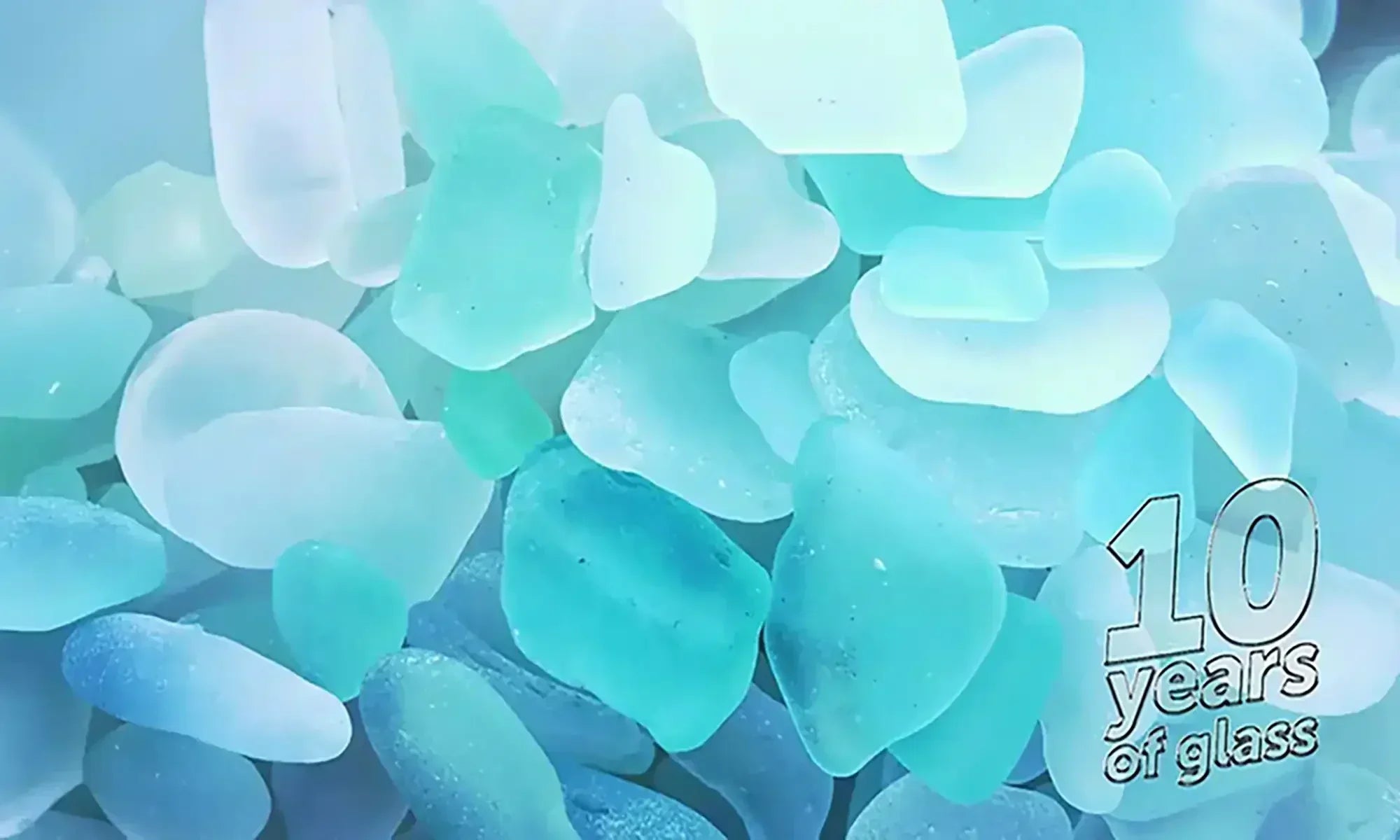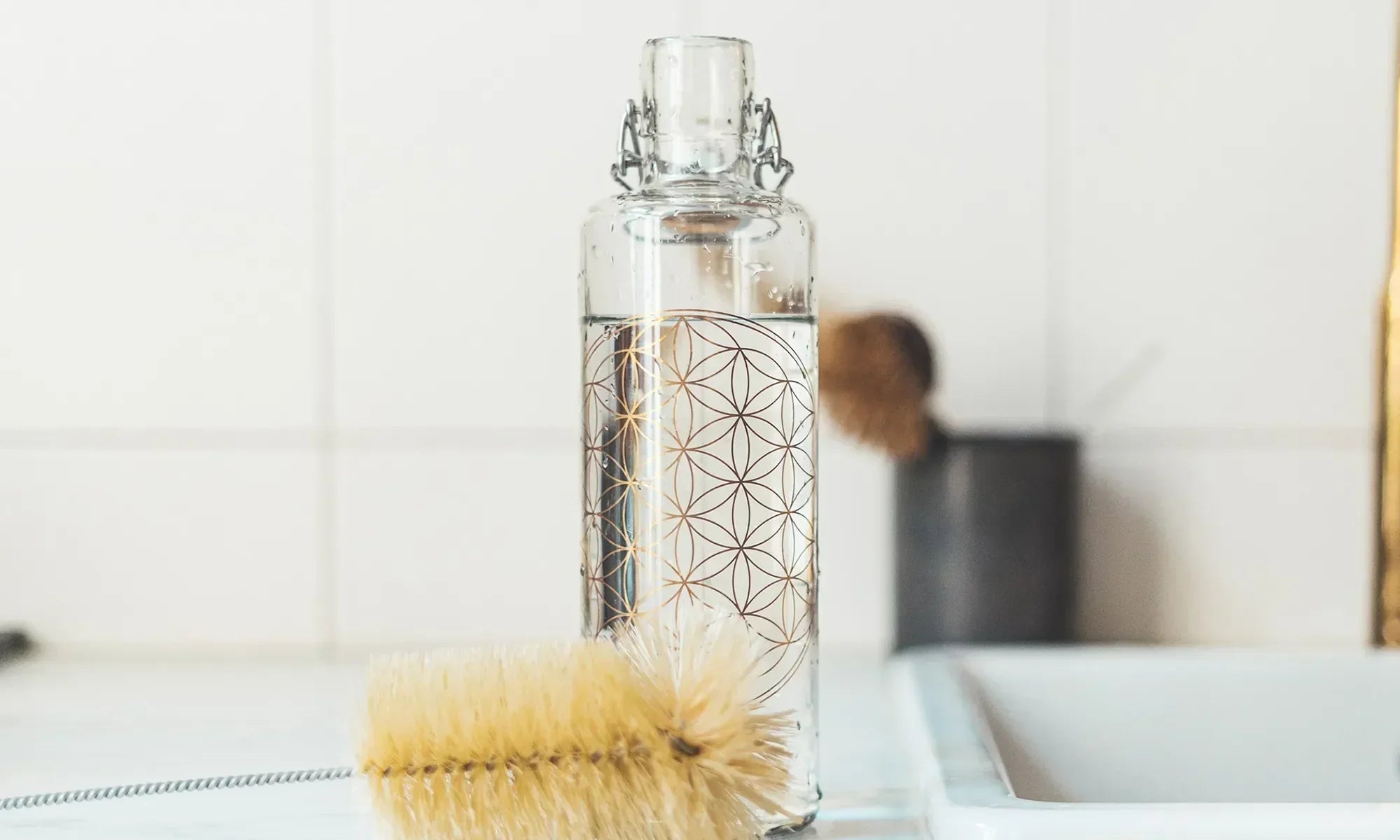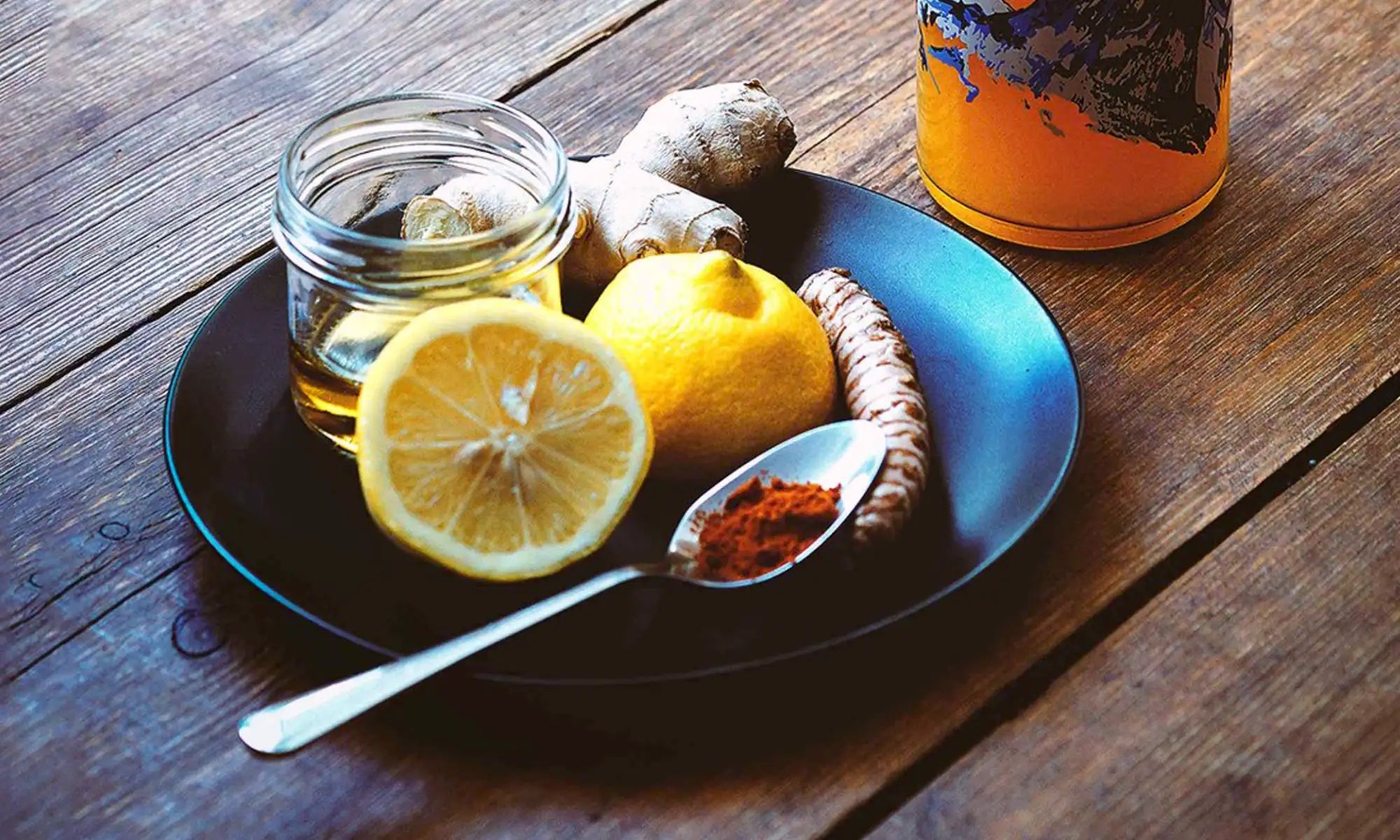
10 fascinating facts about glass
What's exciting to know about glass? Nothing, except that you can drink from it. Think again! We've gone on a search and found 10 interesting and spectacular glass facts for you. Get ready for a treat.
Glass is as versatile as its surfaces. Rough, matte, cold, smooth, and malleable. You can experiment with a lot of things with glass; it has a lot to offer. But glass is unforgiving when broken. We've learned how to handle this material, because glass has been by our side for 10 years. Therefore, here are 10 crystal-clear facts for 10 years of glass. We want to celebrate this with our "Year of Glass" campaign. This year is for you, glass. You're my heart, you're my soul. You're my favorite material, rock 'n' roll.
our soulful 10 glass facts
-
Filling drinks in glass bottles is a tradition that was established in ancient times around 5,000 years ago. In Germany, there's a glass wine bottle containing 1,650-year-old Roman wine. It's on display in a museum in the Palatinate region, and you could probably still taste it—that's what experts say. We'd rather have a fresh glass of tap water, wow.
-
Our soul history also began with long-gone drinks in glass bottles. The very first soulbottle was a small flask. "Bruce Lee" on the front, "be water my friend" on the back. Paul went to a party with this test print in his backpack and left it there. The host thought this cute glass bottle was a gift and took it back to Hamburg. We still don't know where it is. If you're reading this, Bruce, get in touch.

Photo credits: Marten Newhall/ unsplash & Haley Owens/ unsplash
-
Industrially produced glass consists of the Natural raw materials: quartz sand, soda, and lime , which melt at temperatures of approximately 1,400°C to 1,600°C. Tadaa, glass! Glass can also form naturally. When lightning strikes sand in the desert, the heat creates glass. This is because glass is mostly made of quartz sand, which melts during the lightning strike.

Here on the left, you can see a flash of glass called fulgurite. Next to it, industrially manufactured: our soulbottle. Photo credits: Irene Gaume/ https://irenegaume.persona.co/Fulgurites
-
Glass bottles can be produced in a CO₂-neutral manner. Namely, at soulbottles, and that's a bit of a sensation, because glass production is usually very energy-intensive and therefore doesn't have a good carbon footprint. Since glass drinking bottles are our core product, we can't let this happen. Our solution is called Eco2Bottle . With this amazing product range at Wiegand glass We were able to save around 75% of CO₂ last year. We offset the rest.
-
Glass experiences no significant loss of quality during recycling and can therefore be continuously reused in a closed material cycle. Up to 60% recycled glass can now be used to produce white and amber glass, and even 100% for green glass drinking bottles. Our glass soulbottles are also made from around 60% recycled glass.
-
Glass is liquid and solid at the same time. Glass appears very stable. Especially if you accidentally run into a glass door—we all know the pain in your nose. But on a molecular level, things are quite different. Even with a seemingly solid surface, the molecules that make up the glass are constantly moving. However, they do so slowly that it would take 44 trillion times the Earth's existence for a freshly made soulbottle to fully harden.
-
Glass has convincing properties : crystal clear, tasteless, odorless, insensitive to heat and free of harmful substances. From a health perspective, glass is therefore the best packaging material for any food. And for us, it's also a never-ending love story.
-
Glass could be the result of a meteorite impact. Now things are getting spectacular! Researchers from the USA suspect that a 60 m meteorite razed several settlements and the then metropolis of Tall el-Hammam in the Jordan Valley to the ground in 1650 BC. How did they come to this conclusion? By examining glass. They found large quantities of glass in the region, which is made of molten brick, ceramics, and rock. Such materials can only melt at extreme temperatures of up to 2,500 °C. The researchers then investigated which natural event could have caused this and came to the conclusion that it could only have been a meteorite. The experience for the people of this region has been passed down to this day – it is the biblical story of Sodom and Gomorrah.

Photo credits: Graham Holtshausen/unsplash
-
Light protection through coloring : Colored glass is both attractive and practical. The darker the glass bottle, the greater the light protection. This is especially important in the food industry, because too much light affects the color, shelf life, vitamins, and even the taste of beverages and foods.
-
Before this was known, colorless glass was long considered a luxury item and was imported from Venice. For us, too, soulbottles were initially a luxury product from Italy. Our first production facilities were located there, because only in Italy could we order the small quantities we initially sold. A sweet memory.
So, are you interested in meeting a transparent partner for everyday adventures? Then take a look around our soulful shop.
to the drinking bottle collection
our crystal-clear sources
Link to information on proper disposal
Glass is liquid and solid at the same time? - huh? Read everything again here at your leisure.
Link to further material facts
Further information about the meteorite fact


